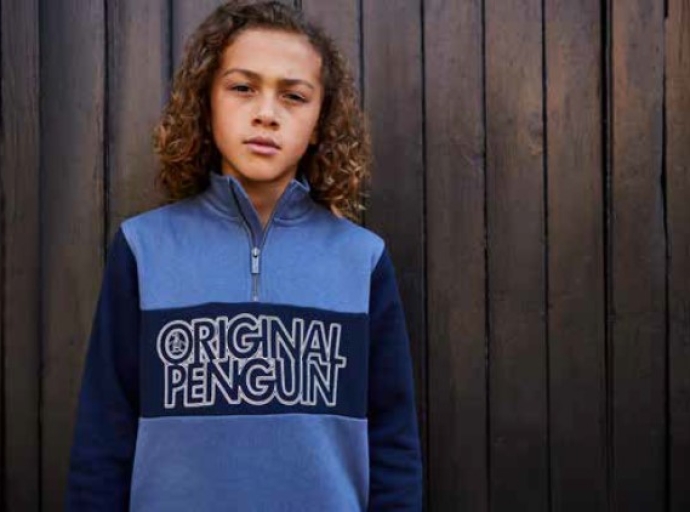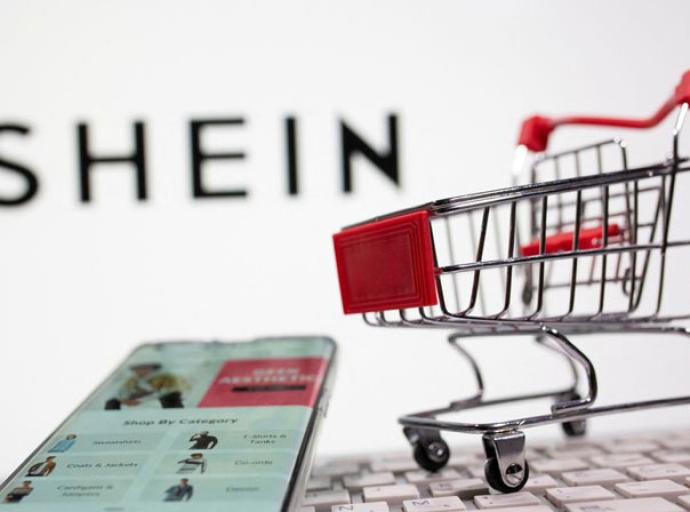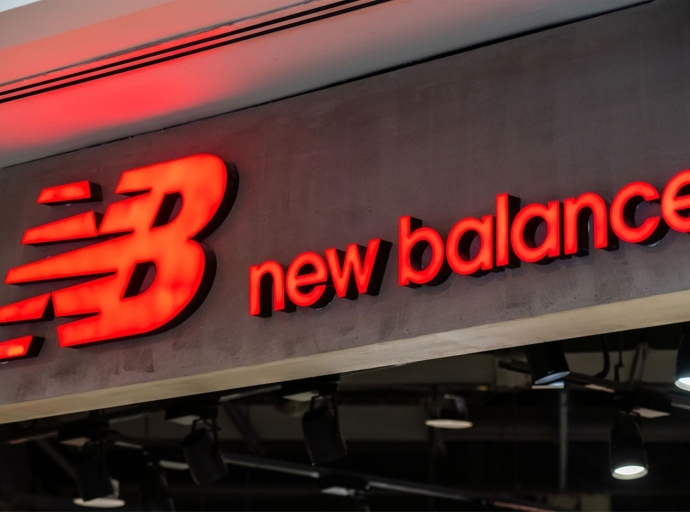24 February 2022, Mumbai:
Aditya Birla Apparel & Retail Limited (ABFRL), India's largest fashion conglomerate, has engaged with Accenture on digital transformation to accelerate growth, boost company agility, and improve operational efficiency.
Accenture is a global professional services firm specializing in information technology consulting and services. According to ABFRL, this is part of a transformation strategy that will assist the fashion retailer in designing, developing, and deploying an enterprise resource planning (ERP) system to streamline company processes and increase data visibility and accessibility.
According to the company, the ERP system would help ABFRL manage different fulfillment channels and combine heterogeneous IT platforms.

"To stay ahead in today's fast-changing fashion market, it's crucial to recognize and respond with speed to changes in customer preferences," said Praveen Shrikhande, ABFRL's Chief Digital, and Information Officer.
Even as we expand our operations and integrate new businesses to develop our brands and product portfolio, reach new consumer categories, and expand into new regions, the consolidation and digitalization of our core ERP system will help us enhance agility and responsiveness in a digital-first environment."
"Our collaboration with ABRFL will not only help them build an integrated digital core across manufacturing, wholesale, and retail functions to drive operational efficiencies but also unlock new value for future disruptions and growth," said Manish Gupta, Lead for Accenture's Products industry group in India.
Follow us on Linkedin & Youtube.
Subscribe to our daily e-newsletter.
*Figures mentioned in the above article have been sourced from Mint & Apparel Resources article.







_thumbnail.jpeg)




_thumbnail.jpg)










_thumbnail.jpg)






















